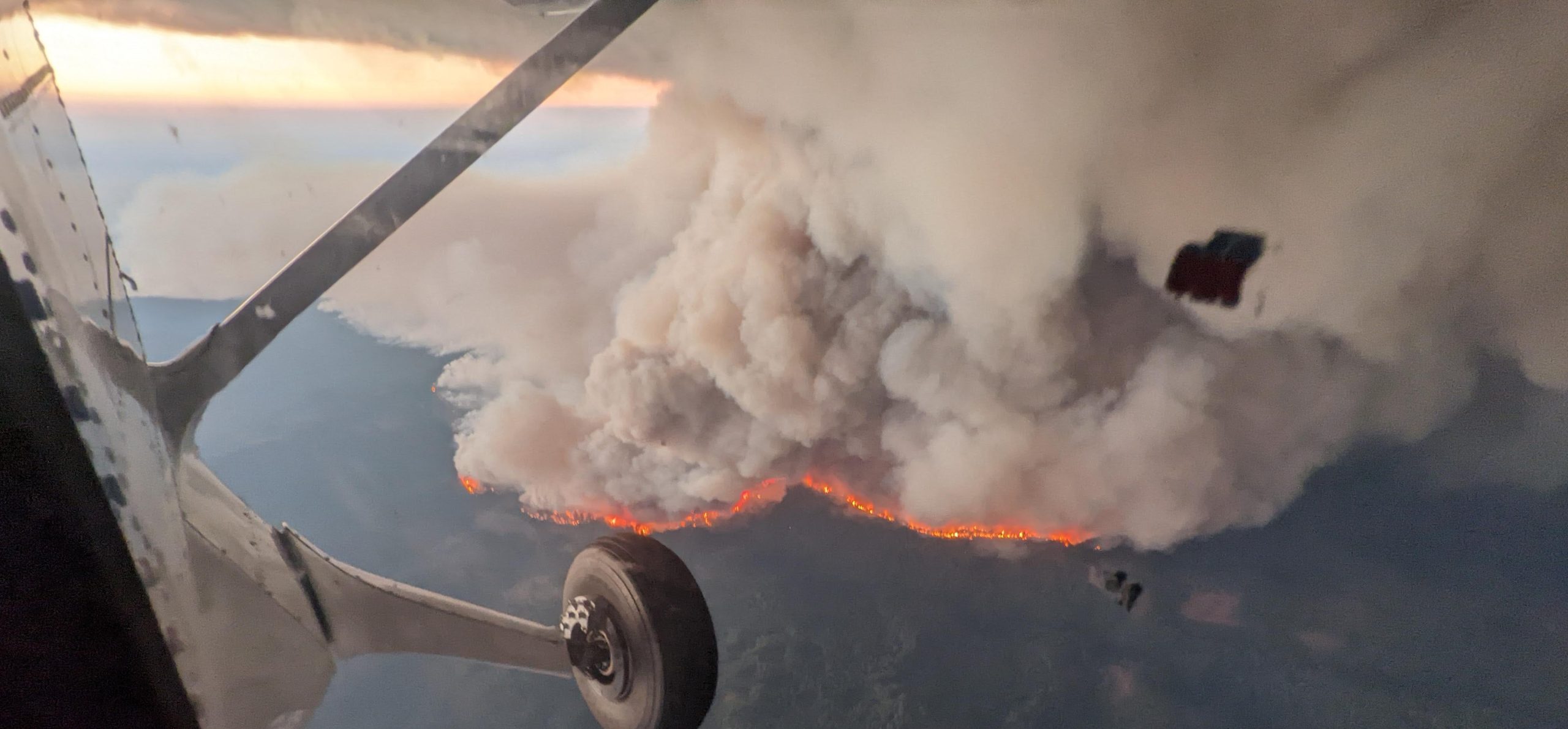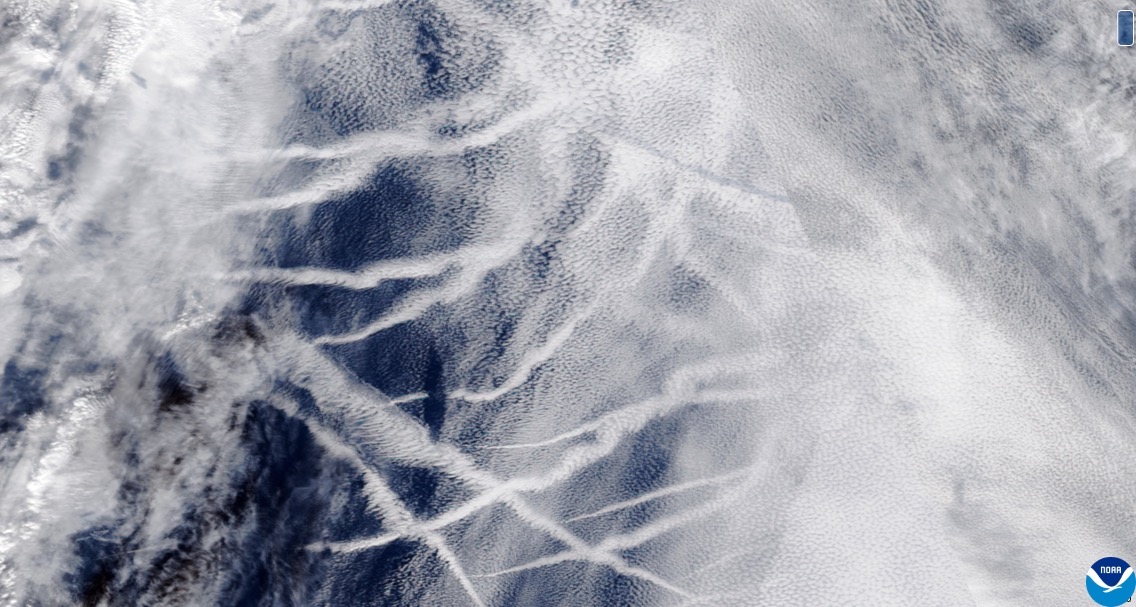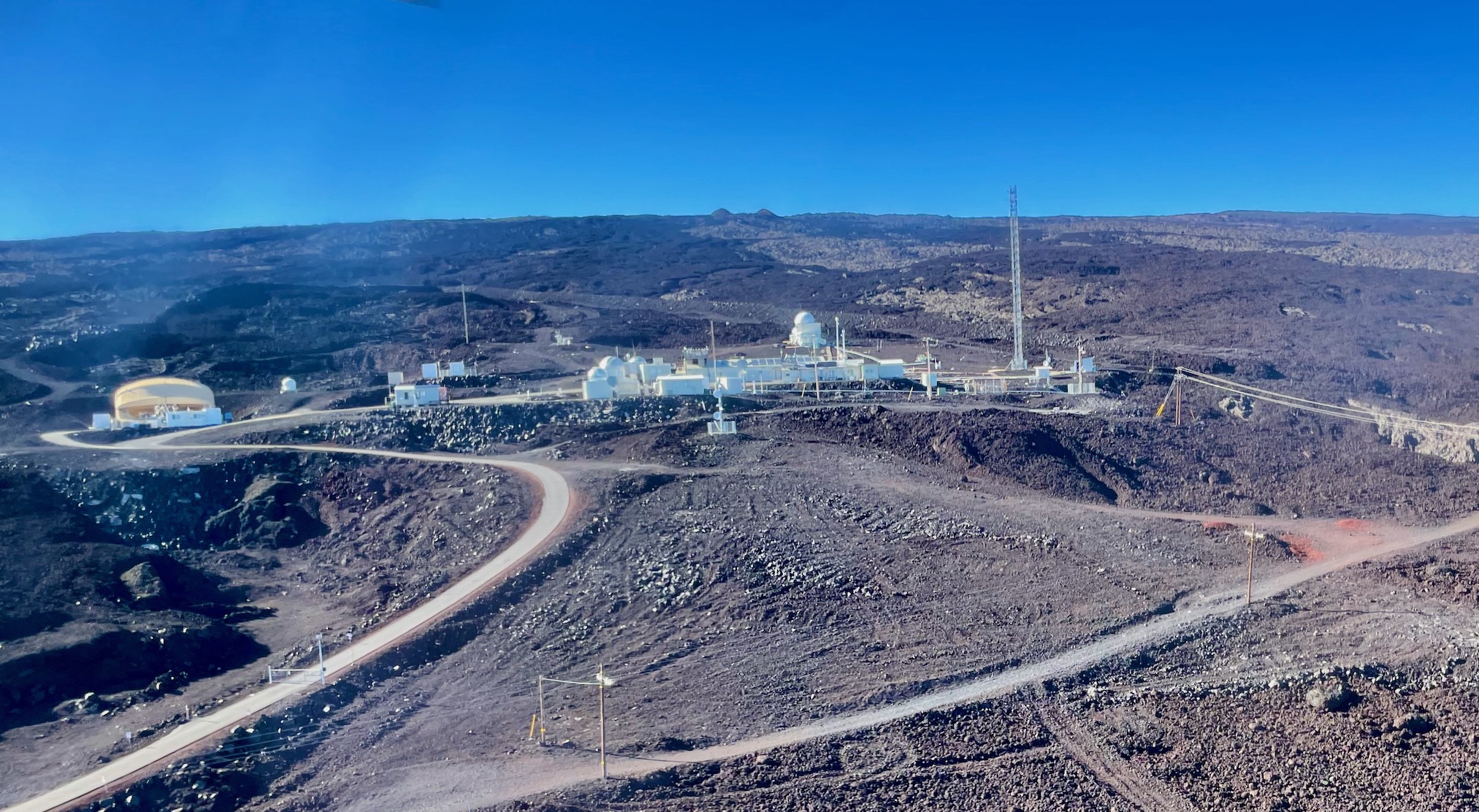Scientists can now remotely monitor the ocean’s changing chemistry with help from some of the five-foot-tall Argo floats that drift with deep ocean currents and transmit data via satellite back to land.
Scroll to Top
Popup Call to Action
A prompt with more information on your call to action.



